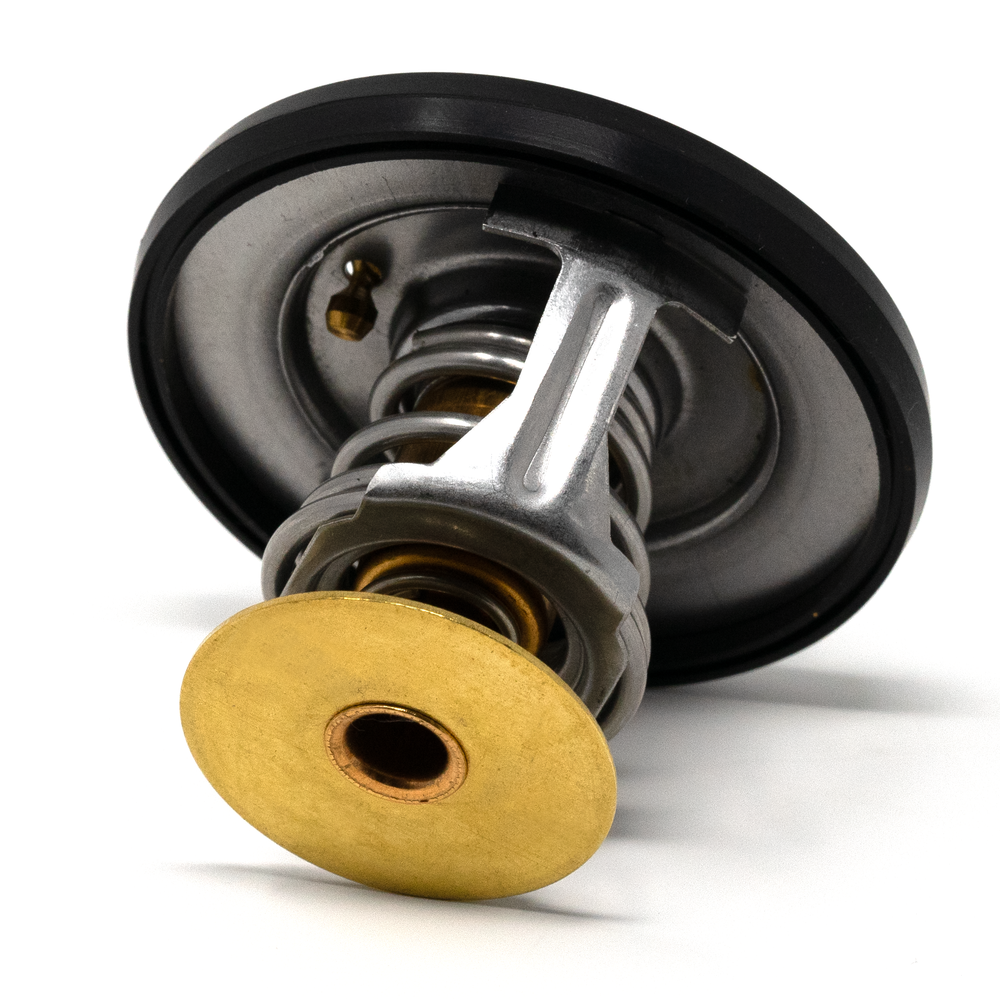
Purpose of the Thermostat Valve in a Car
The thermostat valve is a critical component of a vehicle's cooling system, designed to regulate the flow of coolant to maintain the engine at its optimal operating temperature. This device plays a vital role in enhancing performance, fuel efficiency, and overall engine longevity.
How the Thermostat Valve Works
1. Temperature Regulation: The thermostat consists of a temperature-sensitive element, often made of wax or a bimetallic strip. As the engine heats up, this element expands and activates the valve.
2. Coolant Flow Management: When the engine is cold, the thermostat remains closed, preventing coolant from entering the radiator. This allows the engine to warm up quickly. Once the engine reaches its designated operating temperature (typically between 190°F and 220°F), the thermostat opens, allowing coolant to flow to the radiator for cooling.
3. Cycle Control: The thermostat continuously opens and closes based on the engine's temperature, ensuring it operates efficiently within the designated temperature range.
Signs of a Properly Functioning Thermostat
1. Quick Engine Warm-Up: The engine should reach its operating temperature promptly after starting. The temperature gauge on the dashboard should rise steadily and stabilize within the normal range.
2. Stable Temperature Readings: The temperature gauge should remain consistent during driving, indicating that the thermostat is effectively managing coolant flow.
3. No Overheating Issues: A properly functioning thermostat prevents the engine from overheating, maintaining a balance between heating and cooling.
Signs of a Problem with the Thermostat
1. Overheating Engine: If the engine temperature consistently exceeds normal levels, this may indicate a stuck thermostat in the closed position, restricting coolant flow to the radiator.
2. Delayed Warm-Up: An engine that takes too long to reach operating temperature could have a thermostat stuck open, allowing continuous coolant circulation and preventing the engine from heating up.
3. Coolant Leaks: A failing thermostat may lead to leaks, especially if the housing cracks or the seal breaks.
4. Erratic Temperature Gauge Behavior: Fluctuations in the temperature gauge readings can indicate a malfunctioning thermostat, which may open or close unexpectedly.
5. Reduced Engine Performance: A cold engine due to a stuck-open thermostat can result in inefficient fuel combustion and higher emissions.
Technicalities of the Thermostat Valve
1. Types of Thermostats:
- Wax Pellet Thermostats: Most commonly used, containing wax that expands when heated, causing the valve to open.
- Bimetallic Strip Thermostats: Composed of two metals that expand at different rates, bending to open the valve when heated.
2. Temperature Ratings:
- Thermostats are available with various temperature ratings (e.g., 180°F, 195°F), which should match the specific engine requirements to ensure optimal performance.
3. Fail-Safe Features: Many modern thermostats are designed to fail open, preventing overheating by allowing coolant to flow continuously to the radiator in case of a malfunction.
4. Installation and Maintenance: Correct installation and periodic maintenance are essential. Proper orientation and sealing prevent air pockets that can compromise cooling efficiency.
Advantages of a Functioning Thermostat
1. Improved Engine Efficiency: By maintaining the engine at its optimal temperature, the thermostat enhances combustion efficiency, leading to better fuel economy.
2. Emission Control: A well-functioning thermostat helps keep engine temperatures within the desired range, thereby reducing harmful emissions.
3. Protection Against Engine Damage: By preventing overheating, the thermostat safeguards critical engine components from heat-related issues, such as warped cylinder heads or blown gaskets.
4. Enhanced Comfort: A functioning thermostat ensures that the vehicle's heating system operates effectively, providing warmth and comfort in colder weather.
5. Increased Longevity of Engine Components: Maintaining proper operating temperatures helps extend the life of engine components, reducing wear and tear over time.
The thermostat valve is an indispensable component of a vehicle's cooling system, crucial for maintaining optimal engine temperatures. Understanding its purpose, recognizing the signs of proper functioning, and identifying potential problems can help prevent costly repairs and ensure efficient vehicle operation. Regular maintenance and the use of **genuine auto parts** are essential for the longevity and performance of the thermostat and the entire cooling system. For those seeking **auto spare parts** and accessories, investing in quality components ensures that your vehicle remains reliable and performs at its best.
